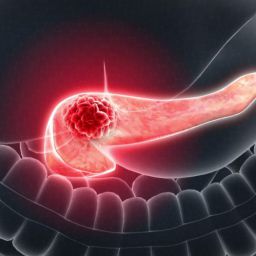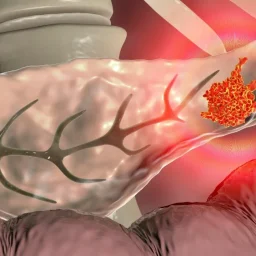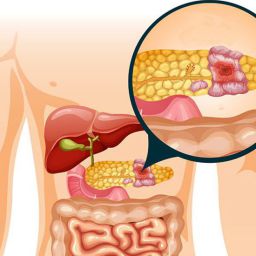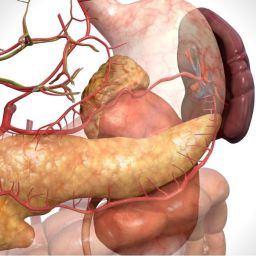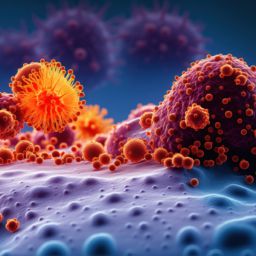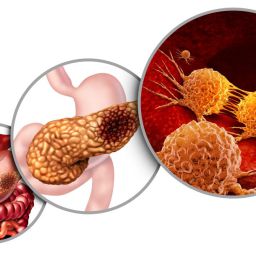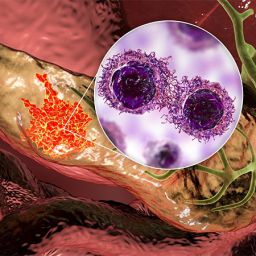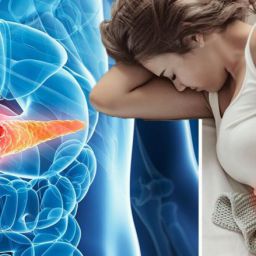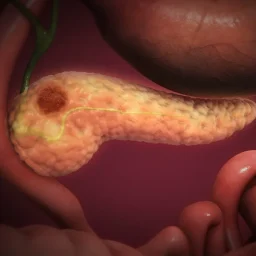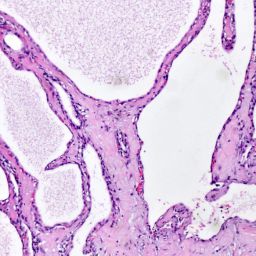
What is Neuroendocrine Carcinoma?
Before diving into the early stage symptoms of NEC, it’s important to have a foundational understanding of what neuroendocrine carcinoma is and how it develops.
Neuroendocrine carcinoma is a type of cancer that arises from neuroendocrine cells, which are found in various organs, including the lungs, pancreas, digestive system, and thyroid. These cells are responsible for producing hormones that help regulate various bodily functions. When cancer develops in these cells, the resulting tumor may secrete hormones, leading to a range of symptoms, or it may remain asymptomatic until the cancer has spread.
NEC differs from other neuroendocrine tumors in that it is typically more aggressive, with a faster growth rate and a higher potential to metastasize. While the term “neuroendocrine tumor” encompasses both benign and malignant growths, “neuroendocrine carcinoma” specifically refers to the malignant form, which can lead to serious complications if not detected and treated early.
2. Early Stage Symptoms of Neuroendocrine Carcinoma

The early symptoms of neuroendocrine carcinoma can be subtle and often mimic other less serious conditions, making early diagnosis challenging. As the tumor grows and spreads, more distinct symptoms may appear. However, in the initial stages, the following symptoms may be indicative of NEC:
2.1 Unexplained Weight Loss
One of the most common early signs of neuroendocrine carcinoma is unexplained weight loss. This weight loss may not be related to changes in diet or physical activity. For many patients, weight loss occurs despite maintaining a normal appetite and eating habits. It can be a sign that the body is responding to cancer’s energy demands or that the tumor is secreting hormones that disrupt metabolic processes.
2.2 Fatigue and Weakness
Feeling excessively tired or weak, even after a full night’s rest, can be an early indicator of neuroendocrine carcinoma. Fatigue in cancer patients is often caused by the body’s immune response to the tumor, as well as the cancer’s impact on various organs and systems. This symptom can be particularly difficult to recognize as it can be attributed to a wide range of other illnesses.
2.3 Digestive Issues
Neuroendocrine carcinomas in the gastrointestinal (GI) tract or pancreas often cause digestive symptoms that are initially dismissed as minor problems. These may include:
- Abdominal Pain or Discomfort: This can be vague and persistent, sometimes misattributed to conditions like gastritis or indigestion.
- Bloating and Gas: Due to hormonal changes or the tumor’s impact on the digestive system.
- Changes in Bowel Movements: Including diarrhea, constipation, or even alternating between the two.
These symptoms, if persistent, should be evaluated, especially in individuals with a family history of gastrointestinal cancer or those who have other risk factors.
2.4 Flushing and Skin Reactions
Flushing, characterized by a sudden reddening of the skin, especially on the face or upper body, is a hallmark symptom in some types of neuroendocrine carcinoma. This can be caused by hormone secretion, particularly serotonin or other vasoactive substances that can lead to blood vessel dilation. These flushing episodes may be accompanied by sweating and a feeling of warmth. Skin reactions may also include rashes or itchiness that are often dismissed as allergic reactions or dermatologic issues.
2.5 Shortness of Breath and Chest Pain
For patients whose neuroendocrine carcinoma originates in the lungs or respiratory system, early symptoms may include shortness of breath (dyspnea) and chest pain. These symptoms may be mistaken for respiratory infections or asthma, and therefore can delay the diagnosis. As the cancer progresses, these symptoms become more pronounced, potentially leading to difficulty breathing and persistent pain.
2.6 Hormonal Imbalance Symptoms
In some cases, neuroendocrine carcinoma can lead to hormone imbalances. This is most common in tumors located in the pancreas or lungs, where the cancer cells produce excess hormones. Patients may experience:
- Hot Flashes: Due to excessive production of hormones like serotonin or insulin.
- Hypoglycemia: Low blood sugar, which can cause dizziness, sweating, confusion, and even fainting (particularly in insulin-producing tumors).
- Changes in Menstrual Cycle: In women, hormonal fluctuations can cause irregular periods or abnormal bleeding.
2.7 Pain in the Liver or Jaundice
In advanced stages, neuroendocrine carcinoma can spread to the liver, which can cause pain in the upper right abdomen. Jaundice, the yellowing of the skin and eyes, is another symptom that may signal liver involvement and is often associated with the obstruction of bile ducts due to metastatic cancer.
3. Risk Factors for Neuroendocrine Carcinoma
Certain individuals may be at a higher risk for developing neuroendocrine carcinoma. Recognizing these risk factors can aid in early detection. Some known risk factors include:
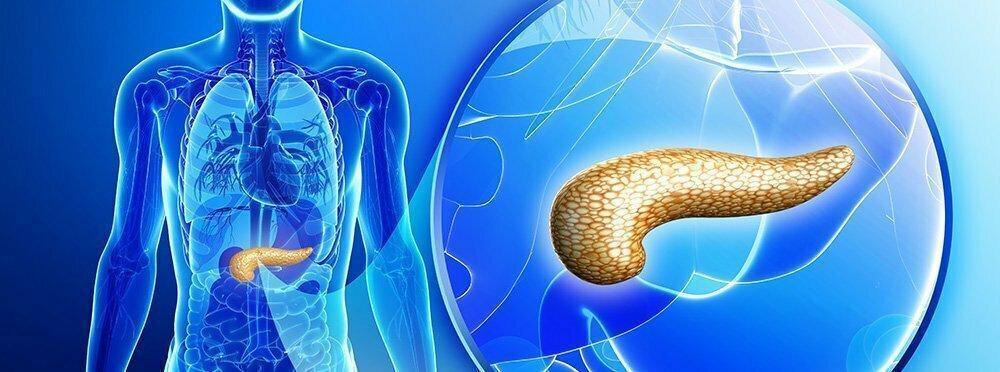
- Genetic Predisposition: Family history of neuroendocrine tumors or genetic conditions like Multiple Endocrine Neoplasia (MEN), Von Hippel-Lindau syndrome, or neurofibromatosis type 1.
- Age: The risk of developing neuroendocrine carcinoma increases with age, typically affecting individuals between 50 and 70 years old.
- Smoking: Cigarette smoking is a significant risk factor for lung neuroendocrine carcinomas.
- Chronic Pancreatitis: A history of pancreatic inflammation can increase the risk of developing pancreatic neuroendocrine tumors.
4. How to Diagnose Neuroendocrine Carcinoma Early
Due to the nonspecific nature of the early symptoms, diagnosing neuroendocrine carcinoma can be challenging. However, there are several diagnostic methods used to identify NEC at an early stage:
4.1 Blood Tests and Hormone Markers
Blood tests are often the first step in detecting abnormalities that may suggest neuroendocrine carcinoma. Elevated levels of certain markers such as chromogranin A (CgA), serotonin, or urinary 5-HIAA can be indicative of neuroendocrine tumor activity.
4.2 Imaging Tests
Advanced imaging techniques are used to detect the presence of tumors and to assess their size and location. These tests include:
- CT Scans (Computed Tomography)
- MRI (Magnetic Resonance Imaging)
- PET Scans (Positron Emission Tomography): Which can help detect areas of metastasis.
- Octreotide Scans: A specialized scan that uses radioactive material to highlight neuroendocrine tumors.
4.3 Biopsy and Histological Examination
In cases where a tumor is identified through imaging, a biopsy may be required to confirm the diagnosis. The tissue sample is analyzed for cancerous cells to determine whether the tumor is malignant and to help determine the treatment options.
5. Treatment and Management of Early Stage Neuroendocrine Carcinoma
Early-stage neuroendocrine carcinoma is more likely to be treated successfully. Treatment options depend on the tumor’s location, size, and whether it has spread. Common treatments include:

- Surgery: To remove localized tumors.
- Radiation Therapy: For tumors that cannot be surgically removed.
- Chemotherapy: To target and destroy cancer cells, particularly if the tumor has spread.
- Targeted Therapy and Immunotherapy: Newer treatments that target specific cancer cells or boost the body’s immune response to cancer.
Recognizing the early-stage symptoms of neuroendocrine carcinoma is crucial for improving outcomes and survival rates. While these symptoms can be subtle and easily mistaken for other conditions, understanding the potential signs—such as unexplained weight loss, fatigue, digestive issues, and hormonal imbalances—can lead to timely intervention. Early detection through imaging, blood tests, and biopsies can significantly improve the chances of successful treatment.
If you or someone you know is experiencing any of the symptoms discussed, it is important to seek medical advice to rule out or confirm neuroendocrine carcinoma. A multidisciplinary approach, including a team of oncologists, radiologists, and other specialists, is key to providing comprehensive care and improving the quality of life for individuals diagnosed with NEC.

